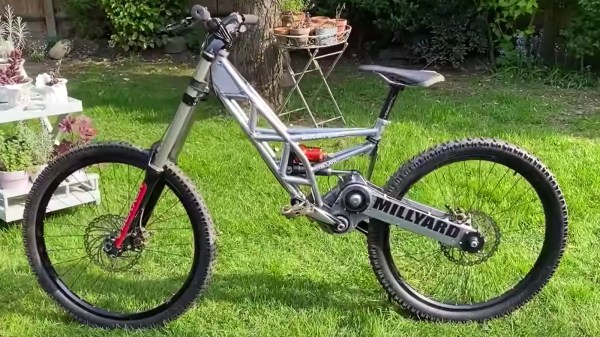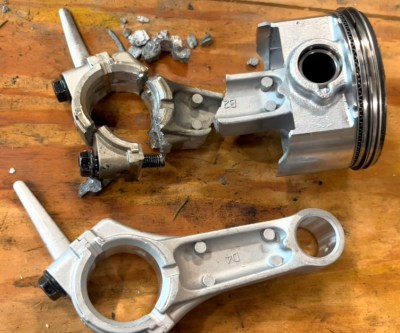If you grew up before high gas prices and strict emission control regulations, you probably had — or wanted — a car with a V8 engine. An engineering masterpiece created in France, it would define automotive power for the best part of a century. Of course, you can still get them, but the realities of our day make them a luxury. [Vlad] shows us his latest Christmas list addition: a fully-functioning but tiny V8 — the Toyan FS-V800 that has a displacement of two centiliters.
It runs on R/C nitro fuel and is claimed to be the world’s smallest production V8. You can buy the thing built or as a kit and we suggest to protect your street cred, you claim you bought the kit even if you go for the assembled version. The cylinder bores are 17 mm and 16 tiny valves regulate the flow. There are even tiny mufflers for the manifold exhaust. [Dennis] has a video of his operating that you can see below, and his YouTube channel has a lot of information on building the kit and some modifications, too.
Cooling? Water-cooled, of course. The manufacturer claims the engine can rev to 12,500 RPM and can produce over four horsepower. The total size would allow it to fit easily in a five inch cubical volume. You could build it into something, or just display it as a conversation piece. Be prepared for sticker shock, though. We hear the going price for these is about $1,500.
If you’re a bit short on cash or would rather just play with some pretend ponies, this impressive open source engine simulator might be just what you’re looking for.



















